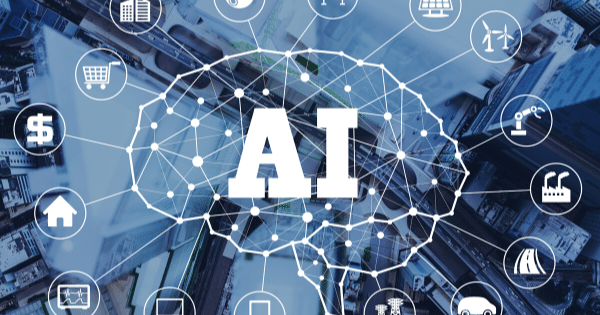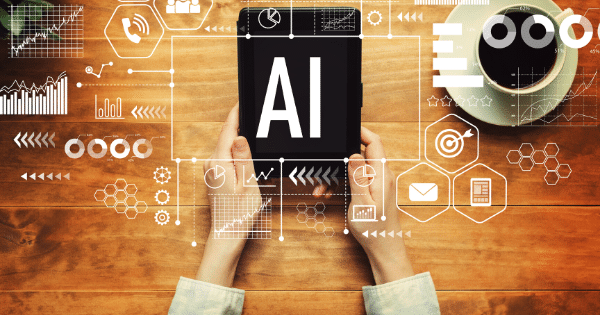The Latest
7 February 2023: IBRS met with Emily He, Microsoft’s global head of marketing and product development for its Business Apps (which includes Dynamics, Business Central and the Power Platform) to discuss recently announced 2023 features upgrades to the portfolio. As well as the recently announced addition of GTP3.5 (aka ChatGPT) and other Azure AI services, and what this could mean for customers.
Microsoft’s Power Platform and Dynamic 365 feature upgrades are announced in release waves. The 2023 announcements include:
- collaborative workload features such as live, actionable ‘cards’ from core business services will be presented Teams.
- Improved UX by bringing Power Apps and the rest of the portfolio into a more common look and feel.
- The new release plan for Microsoft for healthcare, financial services, nonprofit, retail, and sustainability fields.
The majority of the publicly documented features are part of Microsoft’s regular cycle of upgrades. Behind this year’s release are two common threads:
- bringing Microsoft’s core enterprise solutions (Dynamics Business Central) into close alignment with its 365 productivity suite, so that much of the activity traditionally delineated to a core ERP is accessible within day-to-day productivity and collaboration tools.
- leveraging a ‘data first’ approach to enterprise solutions, as opposed to a ‘process first’ approach. This enables organisations to leverage Microsoft’s Business Central as a core information source, on which organisations can build custom business applications with its low-code platform, Power BI.
The recent flurry around ChatGPT will add a third (as yet undocumented) thread to the above. Generative AI services and decision support services will find their way into all aspects of the portfolio. For example, when examining a customer’s sales data from the Dynamics CRM within a Teams chat, a salesperson could potentially click to have a highly personalised sales email created, based on the AI analysis of business habits of similar customers and generative AI for text creation.
Why it’s Important
Microsoft is keeping an eye on its Cloud unit performance after revenue figures for its Cloud business fell below expectations by the end of last year. These new functionalities slated for delivery in the second quarter of the year should allow Microsoft to sustain its client relationships as more improvements based on user feedback are introduced.
The addition of Azure AI services within the entire Business Application portfolio is likely to be rapid and their uptake by staff potentially disruptive to existing business practices. However, until 2024, it is likely many of these enhancements will not be shown on the wave or release plan schedules – Microsoft is simply moving that fast.
This means that IT groups will need to closely watch for the introduction of these services.
In particular, pay attention to how AI will be integrated into the Power Platform, not just as services that can be used in processes, but as services that will recommend and enhance citizen developer’s capabilities to create new processes. This can potentially lead to a rapid rise in the costs of the Power Platform, as it is licensed with a consumption model. As AI helped users create more automation, and as more AI services are leveraged in the processes, the higher the costs. These increases should not necessarily be viewed as a negative, since they will be offset by deeper productivity or customer gains.
Who’s Impacted
- CEO
- Procurement teams
- IT teams
What’s Next?
- Expect Microsoft’s Business Applications’ portfolio to evolve extremely quickly over the next two years, with the introduction of new AI services that are currently not on the release plans.
- Put in place a low-code Centre of Excellence to manage the rapid uptake of ‘low-code everything’ and ensure it has a role to play in any Microsot Dymanics Business Central programs.
Related IBRS Advisory
- Is AI Knowingly Embedded in Your ITSM Strategy?
- Five Things to Consider When Evaluating AI… and Five Dangerous AI Misconceptions
- Analytics Artificial Intelligence Maturity Model – Presentation Kit
- Microsoft Industry Cloud – What is the Value Proposition
- Building Trusted Algorithms: Five Smart Ways to Eliminate AI Bias
- Microsoft’s AI-Powered PeopleLens Provides a Glimpse of What is Possible in Disability Inclusion
- Nintex Acquires AI-based RPA Developer Kryon


